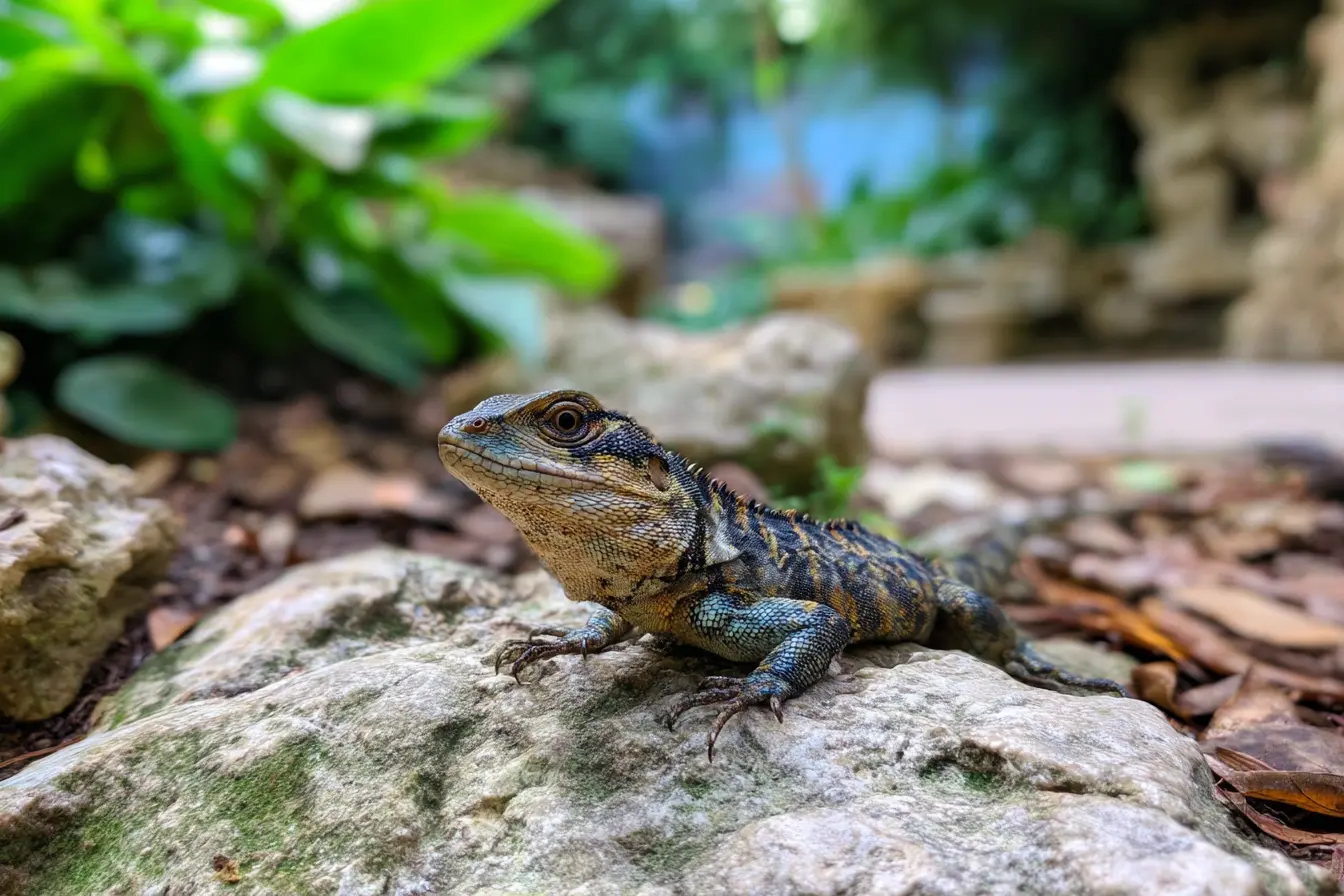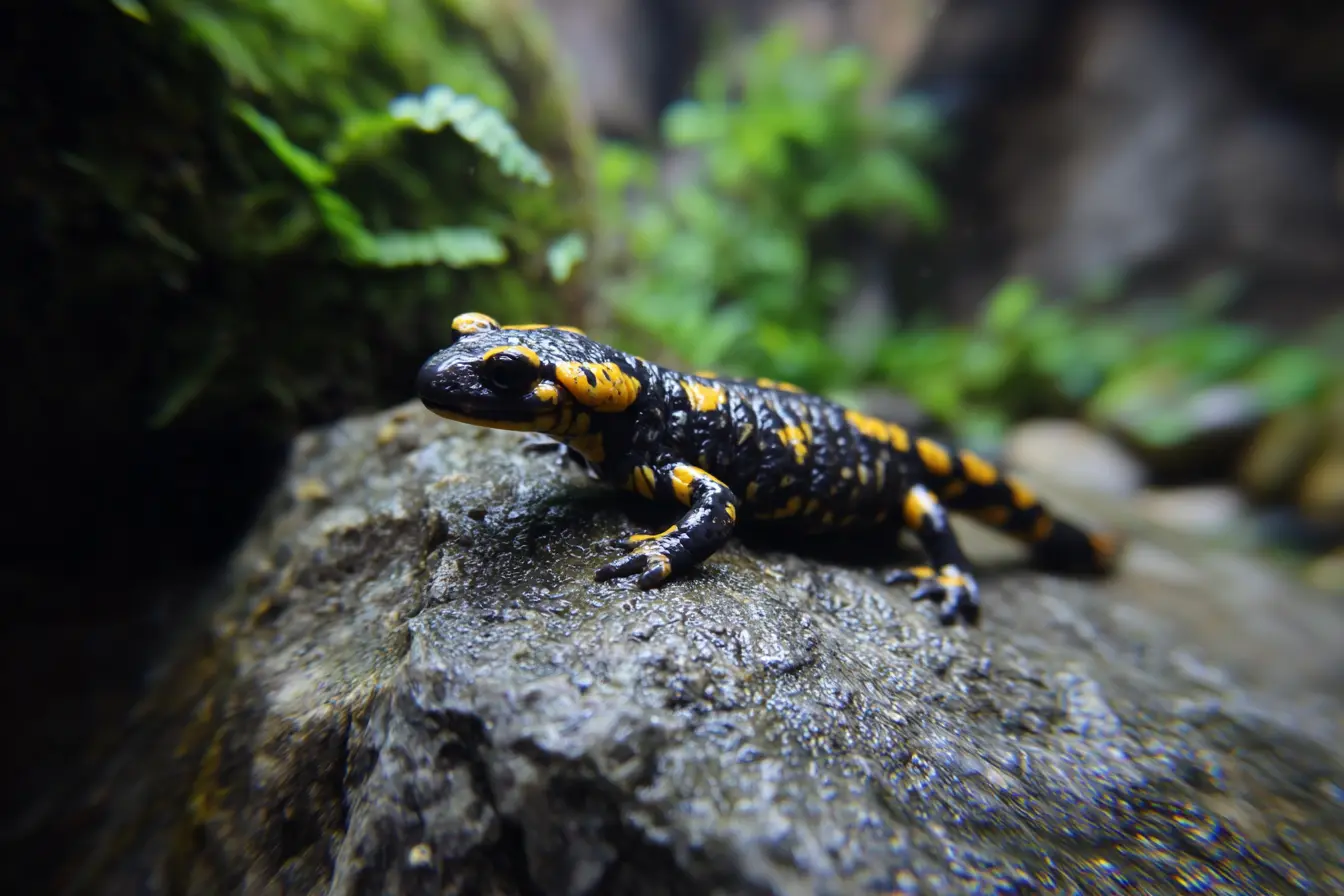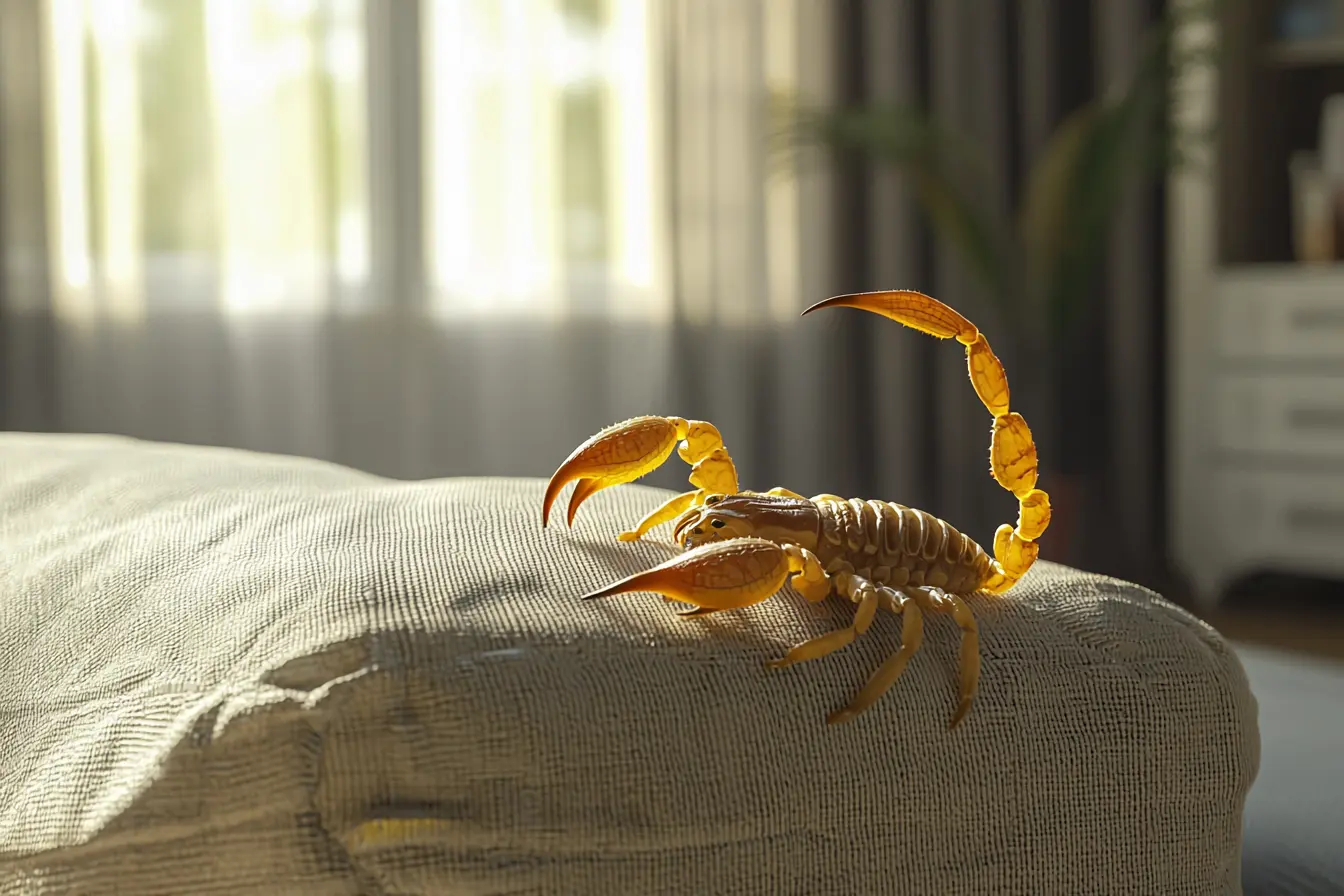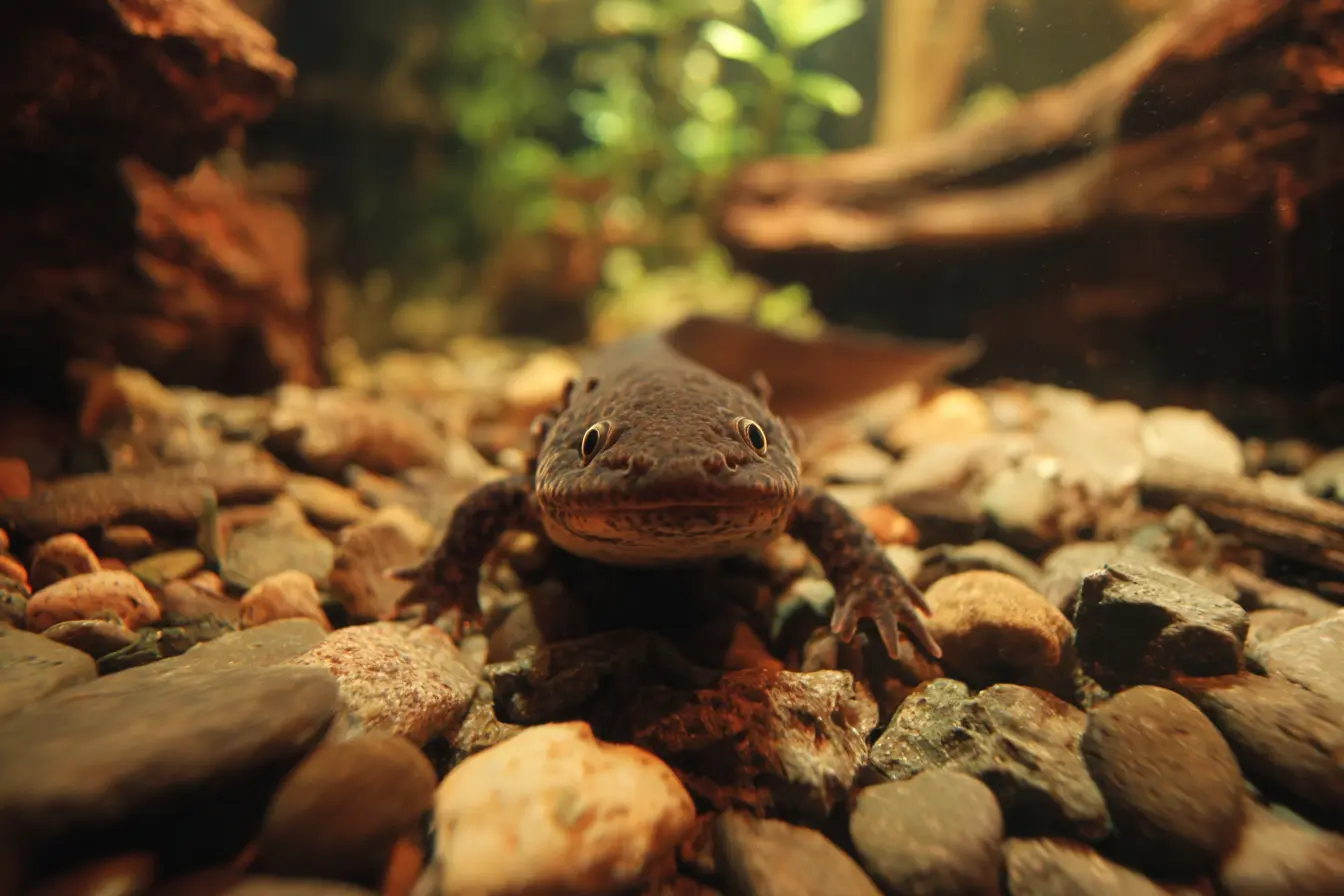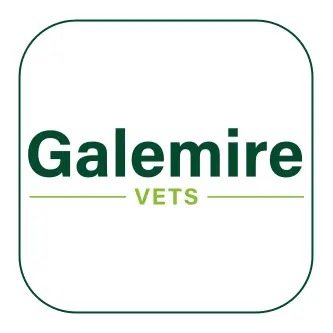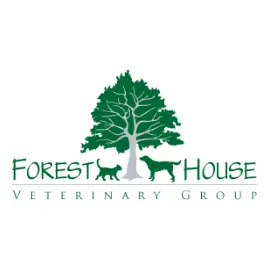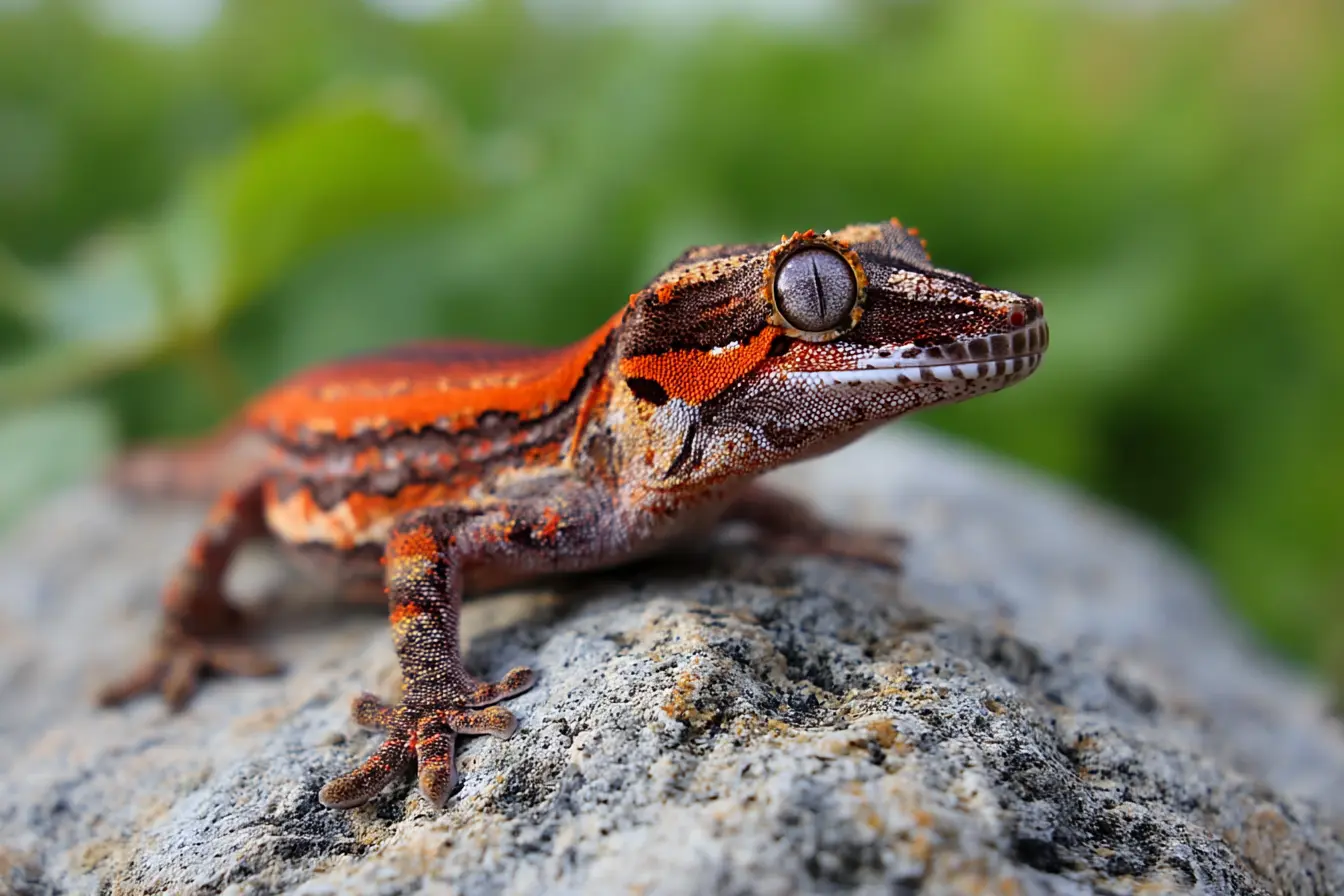
Gargoyle Gecko Care Guide: A Unique and Hardy Reptile for All Experience Levels
Gargoyle geckos (Rhacodactylus auriculatus) are captivating, hardy lizards native to New Caledonia. With their distinctive horn-like cranial bumps, varied colour patterns, and generally calm demeanor, they’ve become a favourite among reptile enthusiasts.
Their ease of care, combined with an engaging personality and beautiful appearance, makes them a perfect choice for both beginners and seasoned keepers. This guide provides a comprehensive overview of how to care for your gargoyle gecko and ensure it thrives in captivity.
What is a Gargoyle Gecko?
Gargoyle geckos are medium-sized, arboreal lizards that grow to about 20–25 cm in length, including their tails. They are named for the bony protrusions on their heads that resemble horns or "gargoyle" features. These geckos come in a variety of colours and patterns including striped, mottled, and blotched morphs, often featuring reds, oranges, browns, and creams.
Unlike many geckos, gargoyle geckos can regenerate their tails if lost. They are primarily nocturnal and spend much of their time climbing and exploring during the evening hours.
With proper care, they can live 15–20 years in captivity.
Sourcing and Selecting a Gargoyle Gecko
Where to Buy
- Reputable breeders: The best source for healthy, captive-bred individuals
- Specialist reptile shops: Many carry gargoyle geckos and offer initial care advice
- Reptile expos and shows: Great for meeting breeders and viewing geckos in person
Avoid wild-caught specimens, which are rare in the trade and typically more stressed and less healthy.
What to Look For
Select a gecko that shows:
- Bright, alert eyes
- Well-formed toes and tail
- Plump body and rounded belly
- Clean vent and mouth
- Active nighttime behaviour and good climbing ability
Housing and Enclosure Setup
Gargoyle geckos are arboreal and enjoy vertical space, hiding spots, and plenty of climbing opportunities.
Enclosure Size
A single adult requires a vertical enclosure measuring at least 45 cm (W) x 45 cm (D) x 60 cm (H), but larger is always better. Glass terrariums with front-opening doors and screen ventilation work well.
Juveniles can be housed in smaller enclosures, but they should be upgraded as they grow.
Substrate
A moisture-retaining, naturalistic substrate is ideal for maintaining humidity and supporting bioactivity:
- Coconut fibre
- Reptile-safe soil mixes
- Orchid bark or sphagnum moss
You can also set up a bioactive enclosure with clean-up crews like springtails and isopods.
Heating and Lighting
Gargoyle geckos do well at room temperature and don’t require intense heat.
- Daytime temperature: 22–26°C
- Night-time temperature: 18–22°C
Supplemental heating may be needed in cooler climates but should not exceed 28°C.
Though they can survive without UVB lighting, a low-output UVB (2–5%) is beneficial for overall health and vitamin D3 synthesis. A 12-hour light/dark cycle helps maintain circadian rhythms.
Humidity and Water
These geckos prefer moderate to high humidity levels between 50–70%. Mist the enclosure once or twice a day to maintain proper levels.
Provide a shallow water dish and replace the water daily. Gargoyle geckos often lick water droplets from leaves and enclosure walls after misting.
Diet and Nutrition
Gargoyle geckos are omnivorous and enjoy both commercial gecko diets and live insects.
Staple Diet
- Commercial meal replacement powders (MRPs): Formulated diets like Repashy or Pangea provide a complete nutritional base. Feed 3–4 times per week.
Live Insects
- Dubia roaches
- Crickets
- Black soldier fly larvae
- Mealworms (occasionally)
Feed insects once or twice a week. All feeders should be appropriately sized (no larger than the space between the gecko’s eyes) and gut-loaded before feeding.
Supplementation
If feeding live insects, dust them with:
- Calcium without D3 at every feeding
- Calcium with D3 once a week
- Multivitamin supplement once a week
MRPs typically contain adequate calcium and vitamins, but supplementation with live insect feedings remains important.
Handling and Behaviour
Gargoyle geckos are known for being more tolerant of handling than many other arboreal geckos, though each individual’s temperament can vary.
Tips for Handling
- Start slow, allowing your gecko to get used to your presence
- Handle gently and avoid grabbing from above
- Allow them to walk across your hand rather than being restrained
- Keep sessions short at first and increase over time
- Always supervise handling to avoid injuries or escapes
These geckos may leap when startled, so handle over a soft surface or close to the ground.
Common Health Issues
Shedding Problems
Low humidity can result in retained shed, particularly on toes. Provide regular misting and a moist hide to prevent this.
Metabolic Bone Disease (MBD)
Caused by calcium or vitamin D3 deficiency. Signs include weak limbs, jaw deformities, and lethargy. Ensure proper supplementation and lighting.
Dehydration
Symptoms include wrinkled skin, lethargy, and sunken eyes. Maintain consistent humidity and offer water.
Parasites
Check for signs like weight loss, abnormal stools, and lethargy. Routine vet checks and faecal tests help detect issues early.
Consult a reptile vet if you observe any health problems.
Specialist Vet Care
Routine Health
Annual check-ups with a reptile-savvy veterinarian are recommended. Include weight monitoring and faecal testing.
When to Seek Immediate Help
- Loss of appetite for more than a week
- Sudden weight loss
- Visible injuries or swelling
- Lethargy or abnormal movements
Care and Maintenance
Daily Tasks
- Mist the enclosure
- Check temperature and humidity
- Replace water
- Spot-clean waste
Weekly Tasks
- Feed MRPs and/or live insects
- Clean food and water dishes
- Inspect for signs of shed or illness
Monthly Tasks
- Deep-clean the enclosure
- Replace or refresh substrate
- Check equipment and lighting functionality
Final Thoughts
Gargoyle geckos are a wonderful addition to any reptile collection. Their engaging appearance, calm nature, and relatively simple care needs make them a fantastic choice for both beginners and experienced hobbyists.
By providing the right environment, nutrition, and attention, your gargoyle gecko will reward you with years of active, curious companionship.
Related Vets
Vets near you
Speciality vets
- Aquatics vet specialists
- Birds vet specialists
- Camelids vet specialists
- Cats vet specialists
- Cattle vet specialists
- Deer vet specialists
- Dogs vet specialists
- Equines vet specialists
- Exotic vet specialists
- Goats vet specialists
- Pigs vet specialists
- Poultry vet specialists
- Sheep vet specialists
- Small Mammals vet specialists
- Wild vet specialists
